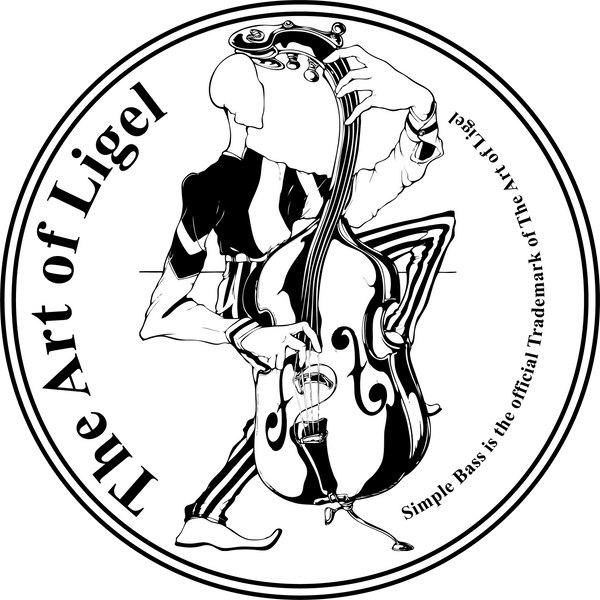As a visual artist and professor, I often get asked by students and fellow creatives: "Which medium should I start with—acrylic, oil, or watercolor?" The truth is, each medium has its unique strengths, challenges, and expressive qualities. Choosing the right one depends on your goals, personality, and preferred working style.
Let’s break it down:
🎨 Acrylic: Versatile & Fast-Drying
Best for: Beginners, mixed media artists, and those who love bold color and flexibility.
Acrylics are a favorite in my Bronx studio classes because they’re forgiving and easy to work with. They dry quickly, which allows you to layer and build your painting efficiently. Plus, they’re water-soluble and low-odor—making them ideal for shared or home studios.
Pros:
- Dries quickly
- Easy clean-up with water
- Affordable and widely available
- Works on a variety of surfaces
Cons:
- Can dry too fast for some techniques
- Colors may darken slightly as they dry
🖌️ Oil: Rich, Classic, and Luminous
Best for: Artists who enjoy slow, intentional work and want rich, deep color blending.
Oil painting is a traditional medium loved for its lush texture and long drying time. This means you can blend and manipulate your paint over days—or even weeks. Oils require a bit more patience and ventilation due to their use of solvents, but the results are often unmatched in depth and vibrancy.
Pros:
- Long working time
- Exceptional blending capabilities
- Rich, luminous colors
- Time-honored techniques
Cons:
- Requires solvents for clean-up
- Longer drying times
- Higher cost for quality materials
💧 Watercolor: Light, Fluid, and Spontaneous
Best for: Artists who love transparency, portability, and expressive brushwork.
Watercolor is the most unpredictable of the three, but that’s also what makes it so beautiful. It’s all about flow, layering, and working with (not against) the water. Great for sketches, travel journals, or expressive fine art, watercolors reward planning and spontaneity in equal measure.
Pros:
- Lightweight and portable
- Easy clean-up
- Beautiful transparency and layering
- Great for sketchbooks and travel
Cons:
- Mistakes are harder to fix
- Requires practice to control water flow
- Colors dry lighter than they appear wet
So, Which One Should You Choose?
Think about how you like to work:
- Do you need flexibility and fast results? → Try acrylic.
- Do you enjoy taking your time and blending with intention? → Go with oil.
- Do you love movement, spontaneity, or painting on the go? → Experiment with watercolor.
At the end of the day, there’s no wrong choice—just the one that speaks to your style. In my one-on-one painting classes, I guide students through each of these mediums so they can discover what feels most natural to them. Often, the journey of trying each one becomes an essential part of developing your own visual voice.
If you’re curious to try one or more of these mediums, consider joining one of my in-person sessions at my Bronx art studio. I also offer an Abstract Painting with Palette Knives course, where we often explore acrylics in dynamic, textured ways.
Ready to get your hands dirty and your ideas flowing? Contact me to book a class or drop by the studio to see what’s possible with paint.

